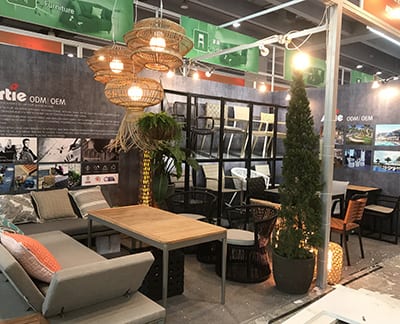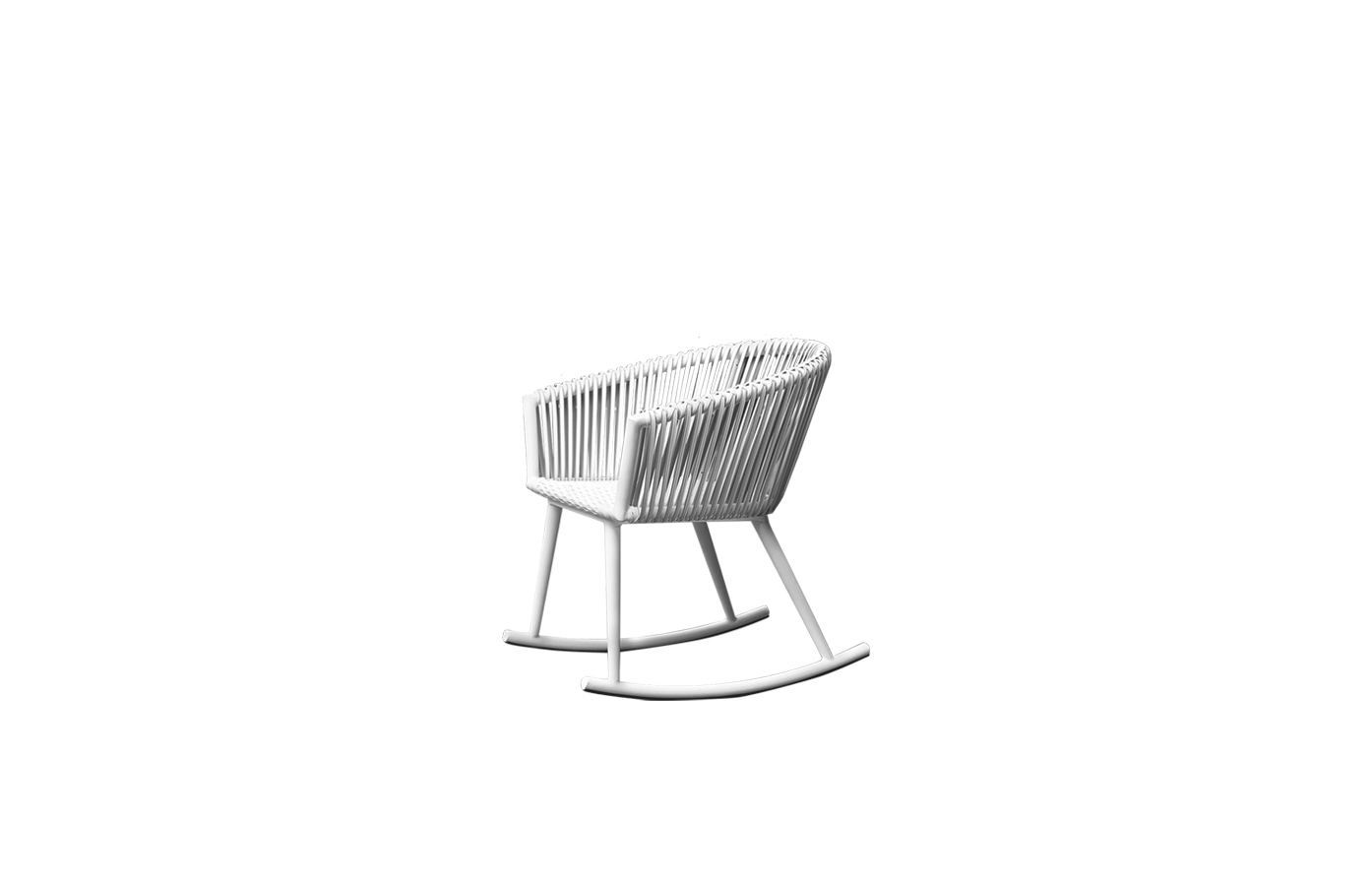****
When it comes to furnishing our homes, the choice of materials can significantly influence both the aesthetics and functionality of our spaces. The right furniture material not only affects the durability and maintenance requirements but also the overall style and comfort of our interior environment. In this comprehensive guide, we will explore the various types of furniture material, examining their unique characteristics, benefits, and best use cases to help you make informed choices for your home.
1. Wood
Wood is one of the oldest and most beloved materials used in furniture making. It offers a warm, natural feel and is available in countless varieties, each with its own grain patterns and colors. Common woods for furniture include oak, cherry, maple, and walnut.
**Pros:**
– Durable and long-lasting, especially hardwoods.
– Aesthetic appeal with unique grains and rich colors.
– Can be refinished or restored, allowing for long-term use.
**Cons:**
– Can be susceptible to scratching and dents.
– Needs proper care to avoid warping due to humidity changes.

Exploring the Diverse Types Of Furniture Material: A Comprehensive Guide for Home Décor Enthusiasts
2. Metal
Metal furniture has made a significant resurgence in modern design, offering a sleek and industrial look. Aluminum, stainless steel, and wrought iron are commonly used in various furniture pieces, from chairs to tables and shelving.
**Pros:**
– Highly durable and resistant to wear and tear.
– Easier to clean and maintain compared to porous materials.
– Provides a contemporary aesthetic that can complement various design styles.
**Cons:**
– Can be cold and uninviting, which may not suit all spaces.
– May rust if not properly finished, especially for outdoor furniture.
3. Plastic
Plastic furniture is often perceived as utilitarian, but innovations in design have transformed it into a stylish option for both indoor and outdoor use. Materials like polyethylene and polypropylene are popular for their versatility and ease of use.
**Pros:**
– Lightweight and easy to move, making it suitable for outdoor settings.
– Resistant to weathering, ideal for outdoor furniture.
– Affordable and available in a variety of colors and styles.
**Cons:**
– Can lack the durability and aesthetic appeal of natural materials.
– May fade or degrade over time when exposed to sunlight.
4. Upholstered Fabrics
Upholstered furniture adds comfort and warmth to any space. Common upholstery materials include cotton, linen, leather, and synthetic fibers. The texture, color, and pattern of the upholstery can completely transform a piece of furniture.
**Pros:**
– Enhances comfort with soft seating options.
– A vast array of colors and patterns to choose from, making customization easy.
– Can be easy to clean depending on the fabric type.
**Cons:**
– Some fabrics may stain easily or wear out over time.
– Requires regular maintenance such as vacuuming or steam cleaning.
5. Composite Materials
Composite materials, such as particle board or MDF (medium-density fiberboard), are engineered woods that are often used in furniture production due to their cost-effectiveness. They are commonly used for shelves, cabinets, and cabinetry.
**Pros:**
– Affordable option for budget-conscious consumers.
– Available in various finishes that can mimic higher-end materials.
– Lightweight and easy to handle during installation.
**Cons:**
– Generally less durable than solid wood.
– Not resistant to moisture, which may limit their use in certain environments.
6. Rattan and Bamboo
Natural materials like rattan and bamboo offer an exotic and eco-friendly option for furniture. They are lightweight, flexible, and have a unique aesthetic appeal, making them popular choices for both indoor and outdoor spaces.

Exploring the Diverse Types Of Furniture Material: A Comprehensive Guide for Home Décor Enthusiasts
**Pros:**
– Sustainable and renewable resources.
– Lightweight and easy to move.
– Adds a natural, tropical feel to home décor.
**Cons:**
– Can be less durable than hardwoods, especially in wet conditions.
– Requires special care to maintain their appearance and integrity.
Conclusion

Exploring the Diverse Types Of Furniture Material: A Comprehensive Guide for Home Décor Enthusiasts
Choosing the right types of furniture material is a fundamental aspect of home decoration, influencing both the longevity and ambiance of your living space. Whether you prefer the classic feel of wood, the modern look of metal, the comfort of upholstery, or the practicality of composite materials, understanding the characteristics, advantages, and disadvantages of each material can empower you to make informed choices. By considering the specific needs of your living environment and personal style, you can create a home that is not only beautiful but also functional and welcoming. Ling Square Dining table


